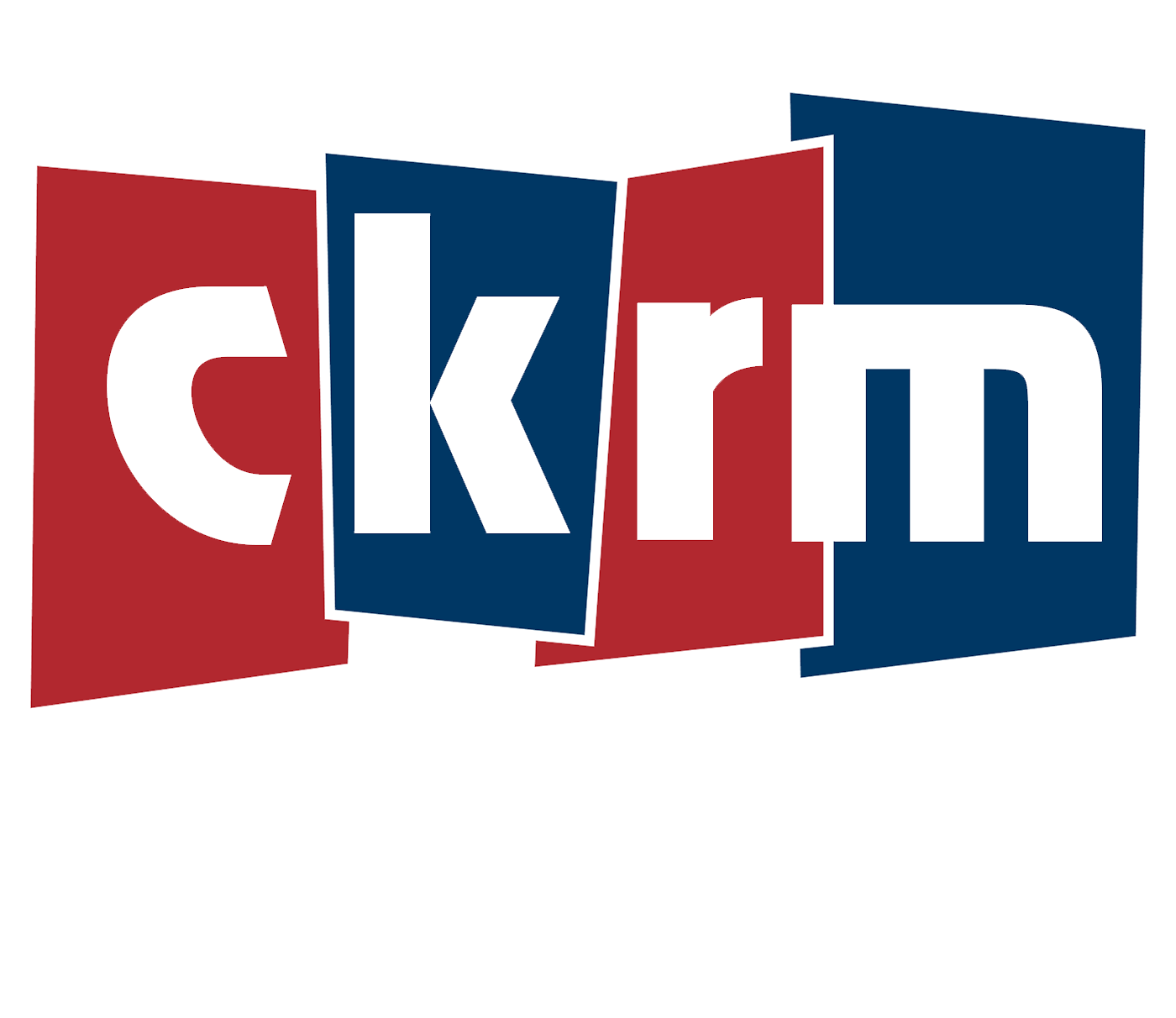Briane Harris’s absence from Canada’s national women’s curling championship has officially been explained.
The 31-year-old from Winnipeg was declared ineligible to compete in the Scotties Tournament of Hearts in Calgary hours before her team skipped by Kerri Einarson played its opening game Feb. 16. The Einarson rink, Harris’s lawyer, Curling Canada, and the World Curling all issued separate statements on Tuesday confirming that she had been banned due to a doping violation.
“Curling Canada was deeply disappointed to receive the news of Briane Harris’s adverse analytical finding on the opening day of the Tournament of Hearts,” reads a statement from Curling Canada. “Our organization is committed to the values of clean and safe sport, as outlined by both the World Anti-Doping Agency and the Canadian Centre for Ethics in Sport.
“We respect the integrity of the testing process and accept the results of the test, as well as Briane’s right to appeal the findings.”
Harris tested positive for trace amounts of Ligandrol in an out-of-competition doping control test conducted on Jan. 24. She got her positive results on the evening of Feb. 15 and informed Curling Canada of the violation the following morning as she headed to practice.
She asked the Canadian Centre for Ethics in Sports, the body that conducts doping testing both in competition and outside of competition, to open her B sample and re-test, but again it was found to be positive.
Curling Canada CEO Nolan Thiessen said in a video conference on Tuesday that at this point in the process the sport’s national governing body is a bystander and will abide by any legal ruling on the issue.
“She has her right to due process and the right to appeal,” said Thiessen. “We totally support all of our athletes in any of these situations.”
Ligandrol is on the World Anti-Doping Agency’s list of prohibited substances. It is used to increase energy and muscle growth. According to the United States Doping Agency, there is no medical use for LGD-4033, the developmental code name for Ligandrol.
“As best as can be determined at this time, Ms. Harris was unknowingly exposed to the banned substance through bodily contact,” said Harris’s lawyer Amanda Fowler in a statement. “In the circumstances, Ms. Harris is therefore keen to clear her name and will seek to expedite any process of mechanism to facilitate such vindication.”
Harris could face a two-year suspension under CCES regulations, although there is the flexibility to decrease or increase a sanction depending on the facts of a case and the results of tests.
The Court of Arbitration for Sport in Lausanne, Switzerland, will hear Harris’s appeal.
There is precedent for overturning a suspension like Harris’s.
Laurence Vincent Lapointe or Trois-Rivières, Que., who represented Canada at the Tokyo Olympics in canoe sprint, successfully overturned her doping suspension in January 2020. Like Harris, Vincent Lapointe had tested positive for trace amounts of Ligandrol but argued that she had unknowingly taken the substance through third-party contamination.
Curling Canada has both a medical doctor and a health and doping control consultant on staff. Athletes taking medications for medical reasons can apply for an exemption.
“I think this will naturally put fear in probably a lot of athletes,” said Thiessen, a retired curler who has won three Canadian men’s championships and a world championship. “If I was an athlete playing right now I would start saying how do I go about my day-to-day business and make sure that I stay on-side? That’s all we can ask of everybody.”
Rower Silken Laumann is another prominent Canadian athlete who tested positive for a banned substance. The stimulant pseudoephedrine was found in her samples at the 1995 Pan American Games in Mar del Plata, Argentina.
Canadian officials said the element came from a dose of Benadryl that Laumann took as an antihistamine. She and her teammates were stripped of their quadruple sculls gold medal, but Laumann was allowed to keep her gold in single sculls.
Doping cases in curling are rare, although the Russian husband and wife mixed doubles team of Alexander Krushelnitsky and Anastasia Bryzgalova was stripped of Olympic bronze medals in 2018 after Krushelnitsky tested positive for meldonium.
Ontario curler Joe Frans was suspended two years in 2005 after he tested positive for a cocaine metabolite at the national men’s championship in Edmonton.
Canadian wheelchair curler Jim Armstrong had an 18-month suspension reduced to six after testing positive for Tamoxifen, a breast-cancer drug that also counters the side-effects of steroids, in 2012. He said his late wife’s medication was mistakenly mixed with his medications.








